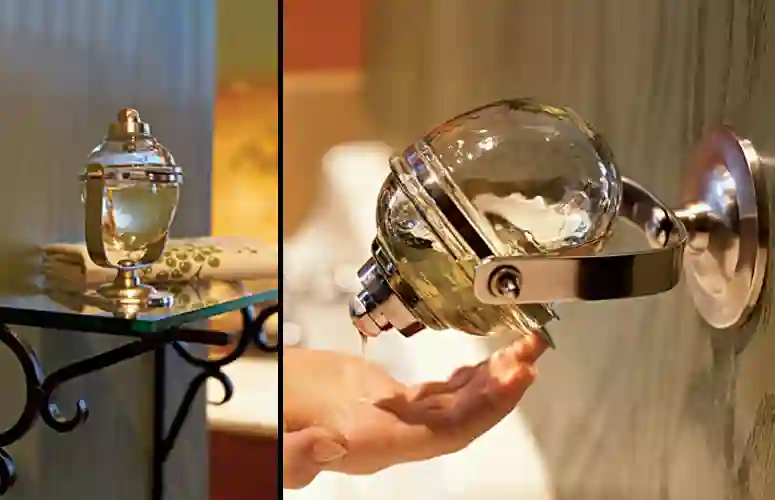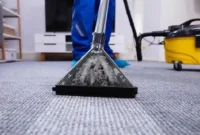House
What Types of Sensors Can Be Used to Help Optimize Soap Dispenser Performance?

Soap dispensers have become an essential tool in promoting hygiene in public restrooms and kitchens. However, the performance of these dispensers can be greatly impacted by various factors, including the type of sensor used to dispense the soap. In this article, we will explore the different types of sensors that can be used to optimize soap dispenser performance.
Types of Sensors for Soap Dispensers
Infrared Sensors
Infrared sensors are a popular choice for soap dispenser for kitchen as they are highly accurate and responsive. These sensors work by emitting infrared light and detecting changes in the amount of light reflected back. When a user places their hand under the dispenser, the sensor detects the change in the amount of light reflected back, triggering the dispenser to dispense soap.
Ultrasonic Sensors
Ultrasonic sensors are another popular choice for soap dispensers. These sensors use high-frequency sound waves to detect the presence of an object, such as a hand. When a user places their hand under the dispenser, the sound waves are reflected back to the sensor, triggering the dispenser to dispense soap.
Capacitive Sensors
Capacitive sensors work by detecting changes in the electrical capacitance of the environment. When a user places their hand under the dispenser, the electrical capacitance of the environment changes, triggering the dispenser to dispense soap. Capacitive sensors are highly responsive and can be customized to detect specific objects, such as a hand.
Mechanical Sensors
Mechanical sensors are a traditional option for soap dispensers and work by physically pressing a button to dispense soap. While mechanical sensors are simple to use and reliable, they are often less hygienic compared to other types of sensors, as they require physical contact to dispense soap.
Benefits of Different Sensors for Soap Dispensers
Infrared sensors are highly accurate and responsive, making them a great option for bathroom soap dispenser. They are also easy to install and maintain, and can be adjusted to dispense specific amounts of soap.
Ultrasonic Sensors
Ultrasonic sensors are a great option for soap dispensers in high-traffic areas as they are highly responsive and can detect objects quickly. They are also less likely to be affected by environmental factors, such as light and temperature, making them a reliable choice.
Capacitive Sensors
Capacitive sensors are highly responsive and can be customized to detect specific objects, such as a hand. They are also easy to install and maintain and are less likely to be affected by environmental factors compared to other types of sensors.
Mechanical Sensors
Mechanical sensors are a traditional option for soap dispensers and are simple to use and reliable. They are also easy to install and maintain, making them a great option for low-traffic areas.
Conclusion
In conclusion, there are various types of sensors that can be used to optimize soap dispenser performance. Infrared sensors, ultrasonic sensors, capacitive sensors, and mechanical sensors are all popular options, each offering their own benefits. When choosing a sensor for your soap dispenser, it is important to consider the specific needs of your environment, such as the level of traffic and the desired level of hygiene. By choosing the right sensor, you can ensure that your soap dispenser performs optimally and promotes hygiene in your environment.
Related posts:


Entertainment
KemonoParty: Where Creativity and Community Collide!

Entertainment
KemonoParty: Where Creativity and Community Collide!
Categories
- Apps (1)
- Automotive (23)
- Beauty (7)
- Business (122)
- Celebrities (2)
- Digital Marketing (21)
- Ecommerce (2)
- Education (21)
- Entertainment (39)
- Events (6)
- Fashion (1)
- Features (4)
- Finance (1)
- Fitness (10)
- Food (2)
- Forex & Crypto (22)
- General (116)
- Health (48)
- House (61)
- Lifestyle (57)
- Marketing (8)
- Parenting (3)
- Pets (10)
- Real Estate (8)
- Safety and Security (14)
- Social Media (31)
- Sports (134)
- Technology (73)
- Travel (23)


















